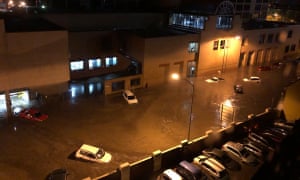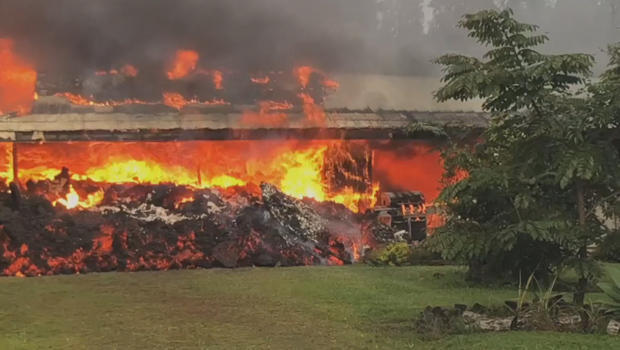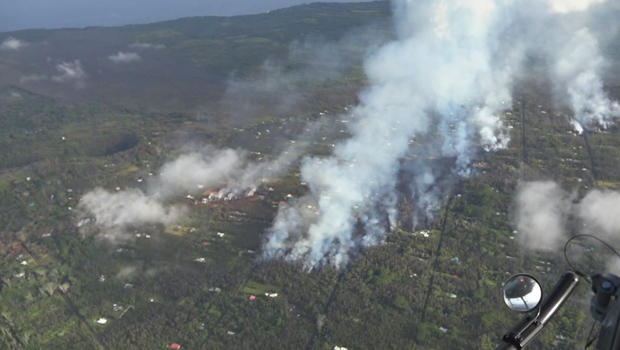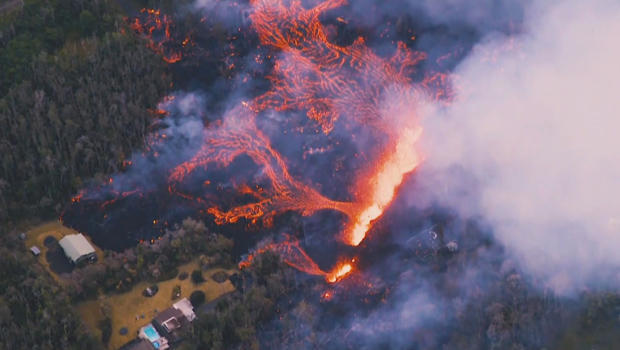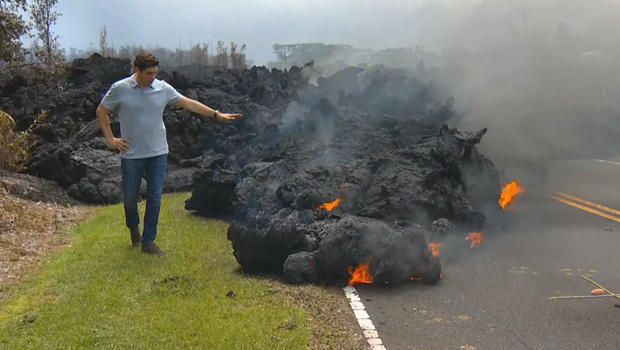UTICA, Ind. (WDRB) – Now that federal disaster aid has been approved for some southern Indiana counties, residents are looking at their next step.
On Sunday, FEMA opened its Disaster Recovery Center (DRC) on North Fourth Street in Utica to help the more than 100 residents and businesses affected by February’s flooding.
Inside, a dozen volunteers waited to assist residents who need an extra boost getting on their feet with the help of counselors.
After receiving a request from the state, President Trump ordered the federal assistance earlier this month for several Indiana counties including Clark, Floyd, Harrison, and Jefferson.
Residents wish the aid was quicker - but know a lot of red tape needs to be cleared to make that a reality.
“If you are older, I am too, and you’re not working you got a burden on trying to replenish from a flood and it’s that important to have it here,” said Utica Town Board President Steve Long.
Once insurance and FEMA assistance is exhausted, residents are encouraged to apply for a SBA – or a Small Business association loan - to help with payments which can be much more cost efficient than putting damages on credit cards.
“Credit card interest is 13, 14, 15 percent. We have a program available through the SBA that is only 1.8 percent, and they will spread it out over a longer period of time,” said FEMA Media specialist Troy York.
The FEMA registration process is often the first step in recovery and requires information such as insurance policies and bank information for possible direct transfer of funds. Survivors are encouraged to register with FEMA before visiting a DRC.
“These people here are struggling,” said Long. “They are proud people and they are going to come back and that’s a positive sign, it really is.”
FEMA Disaster Recovery Center
Utica Town Hall
107 N. 4th Street
Utica, IN 47130
Hours: 9 A.M. – 7 P.M. Seven days a week
For information and how to register head to: https://www.fema.gov/disaster/4363
Those looking for Federal Aid for flood recovery have until July 4th to apply.
Copyright 2018 WDRB Media. All Rights Reserved.


